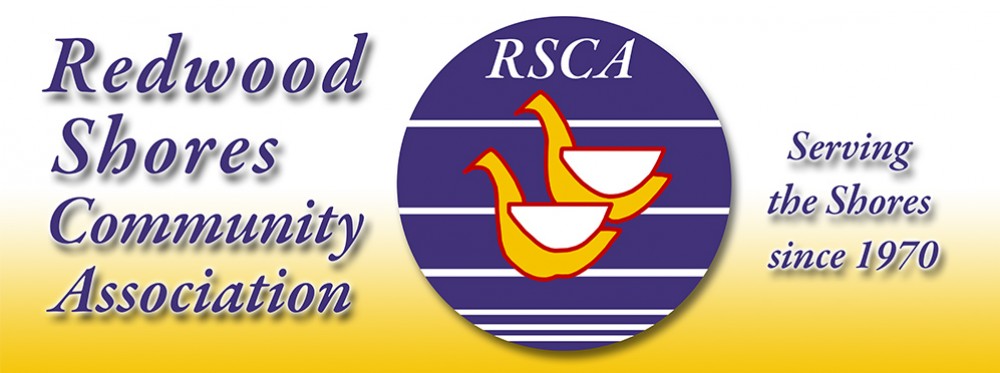When we think of snoring, we typically think about annoyed spouses and a few lost Z’s—not a serious medical condition. But in some cases snoring can indicate a dangerous health problem called sleep apnea.
If your snoring is associated with restlessness, erratic breathing, snorting or interrupted breathing, you may have obstructive sleep apnea. Untreated, this can lead to injury or even death from falling asleep while driving, or other major errors and accidents caused by inattentiveness. In addition to these hazards, obstructive sleep apnea can cause high blood pressure and even spontaneous death.
Risk factors for developing sleep apnea include obesity, facial abnormalities, and abnormalities of the airway or throat. Other potential risk factors include heredity, smoking, nasal congestion and diabetes. If you think this sounds like a lot of people are at risk, you’re right. About one out of 10 adults suffer from sleep apnea, accompanied by daytime sleepiness. It’s also estimated that one out of four adults are at high risk for developing sleep apnea.
If you suffer from sleep apnea, someone you know or love has likely complained that you snore and you have probably complained about chronic daytime sleepiness. You may complain that you never feel refreshed, no matter how many hours you sleep, and that you often wake up with a headache, get up frequently to use the bathroom and remember vivid dreams. If you’ve had untreated sleep apnea for a long time, you may also have trouble concentrating, struggle with short-term memory, and even feel anxious or depressed for no apparent reason.
The Epworth Sleepiness Scale (the following set of medical questions) may help determine whether you suffer from sleep apnea. If you think you would have a moderate to high chance of dozing off or falling asleep in at least three of the situations below, you should seek medical attention. Do you doze off:
- Sitting and reading
- Watching TV
- Sitting inactive in a public place (theater, meeting, etc.)
- As a passenger in a car for an hour without a break
- Lying down to rest in the afternoon
- Sitting and talking to someone
- Sitting quietly after lunch (without alcohol)
- In a car while sitting stopped in traffic for a few minutes
Talk to your primary care physician about any issues with snoring or daytime sleepiness. If your physician suspects sleep apnea, he or she may refer you to an otolaryngologist (ENT) for consultation.
The ENT would make sure there’s no obvious mechanical problem with your airway anatomy (nasal and throat). If all appears well, your doctor may refer you for an overnight sleep study. If you appear to be struggling to breathe while asleep or are not getting enough oxygen, the doctor may want you to try sleeping with a continuous positive airway pressure (CPAP) machine—which helps keep your airway open while you sleep—as part of the testing process
If you’re diagnosed with sleep apnea, treatments include mouth guards, CPAP machines and surgery. It may also help to avoid alcohol and tobacco, or to lose weight if you’re overweight. If you have an anatomical problem, surgery to remove excess tissue in the throat may be an option. If surgery isn’t an option, CPAP is a good, noninvasive choice.
After being treated for sleep apnea, many patients say they feel like new people. They wake up feeling refreshed, no longer suffer daytime sleepiness or struggle with concentration, and have happy sleep partners. Here’s to a good night’s sleep!
— Sung Hui Knueppel, M.D.
— The Palo Alto Medical Foundation and column editor Arian Dasmalchi provide this monthly column.
